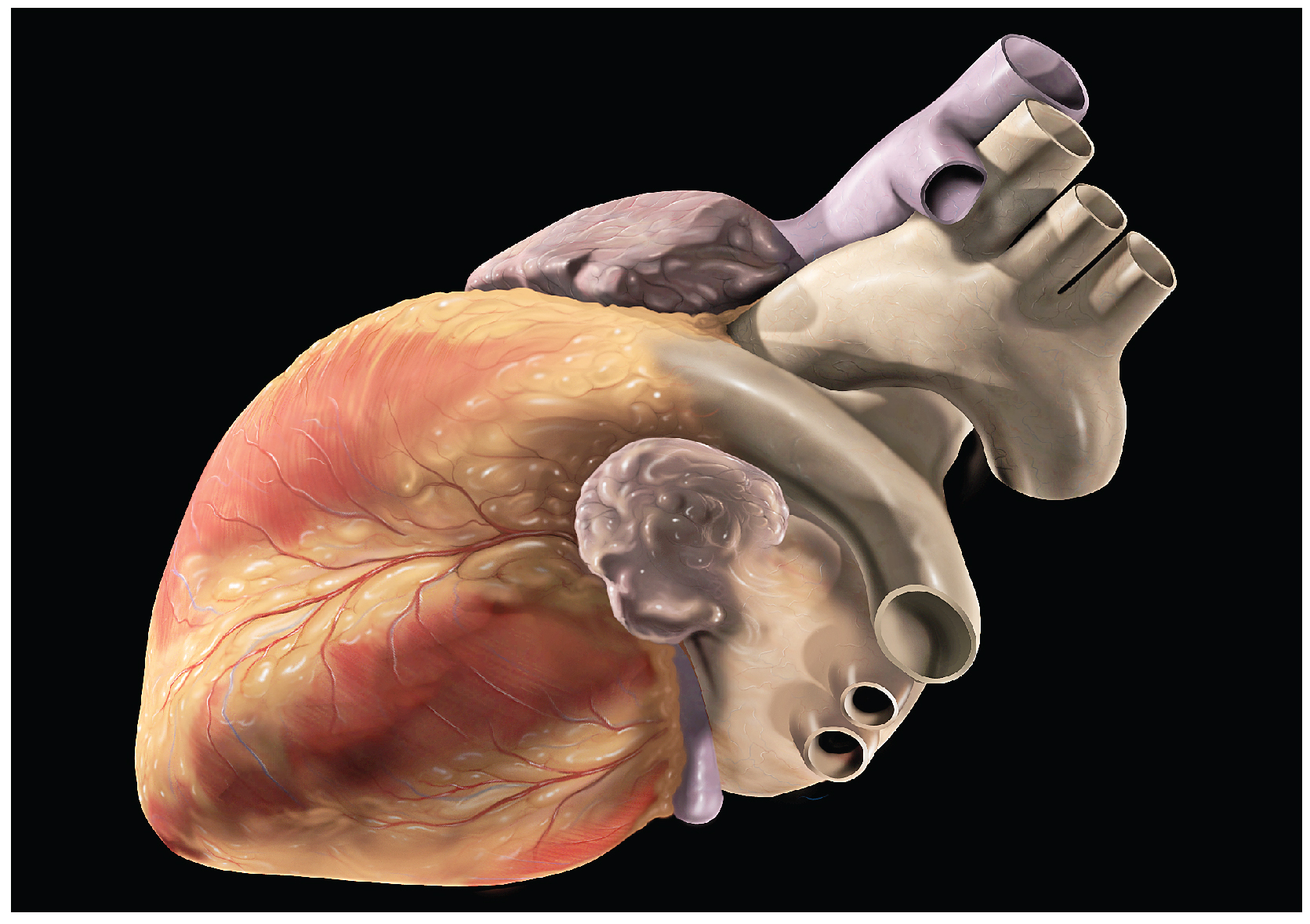19.0 Introduction

Chapter Objectives
After this chapter, you will be able to:
19.1 Describe the location of the heart and its internal and external features
19.1 Describe the path of blood through the cardiac circuits
19.1 Explain how blood flows through the coronary circulation and why this is necessary for cardiac function
19.2 Describe the anatomy of cardiac muscle
19.2 Explain how the cardiac conduction system controls cardiac muscle contraction
19.2 Describe the process and purpose of an electrocardiogram
19.3 Summarize and explain the connection between the various events of the cardiac cycle
19.4 Describe factors that effect cardiac output and be able to calculate it
19.4 Describe the effects of exercise on cardiac output and heart rate
19.4 identify cardiovascular centers and cardiac reflexes that regulate heart function
19.4 Describe how heart rate, stroke volume, contractility, and the Frank-Starling mechanism affect cardiac output
19.4 Identify the factors affecting heart rate and stroke volume
19.5 Describe fetal heart development
In this chapter, you will explore the remarkable pump that propels the blood into the vessels. There is no single better word to describe the function of the heart other than “pump,” since its contraction develops the pressure that ejects blood into the major vessels: the aorta and pulmonary trunk. From these vessels, the blood is distributed to the remainder of the body. Although the connotation of the term “pump” suggests a mechanical device made of steel and plastic, the anatomical structure is a living, sophisticated muscle. As you read this chapter, try to keep these twin concepts in mind: pump and muscle.
Although the term “heart” is an English word, cardiac (heart-related) terminology can be traced back to the Latin term, “kardia.” Cardiology is the study of the heart, and cardiologists are the physicians who deal primarily with the heart.
This work, Anatomy & Physiology, is adapted from Anatomy & Physiology by OpenStax, licensed under CC BY. This edition, with revised content and artwork, is licensed under CC BY-SA except where otherwise noted.
Images, from Anatomy & Physiology by OpenStax, are licensed under CC BY except where otherwise noted.
Access the original for free at https://openstax.org/books/anatomy-and-physiology/pages/1-introduction.

